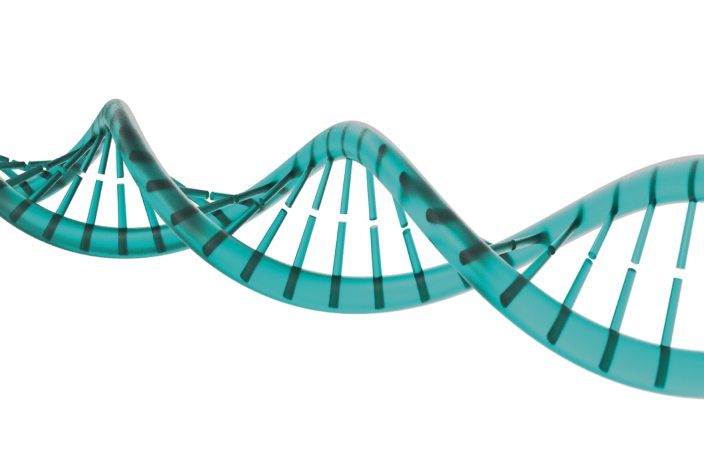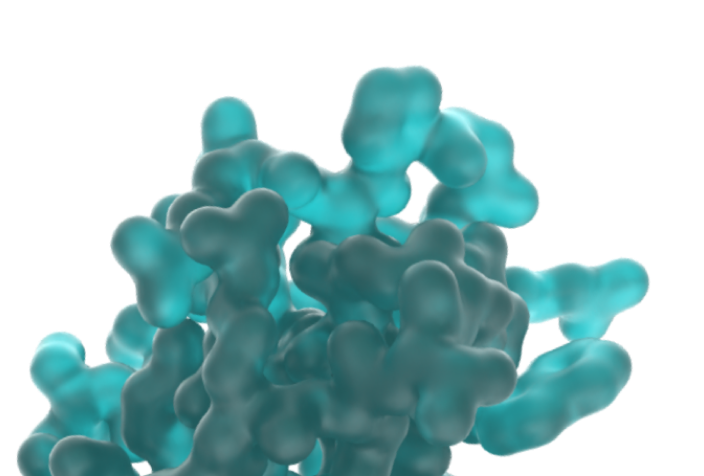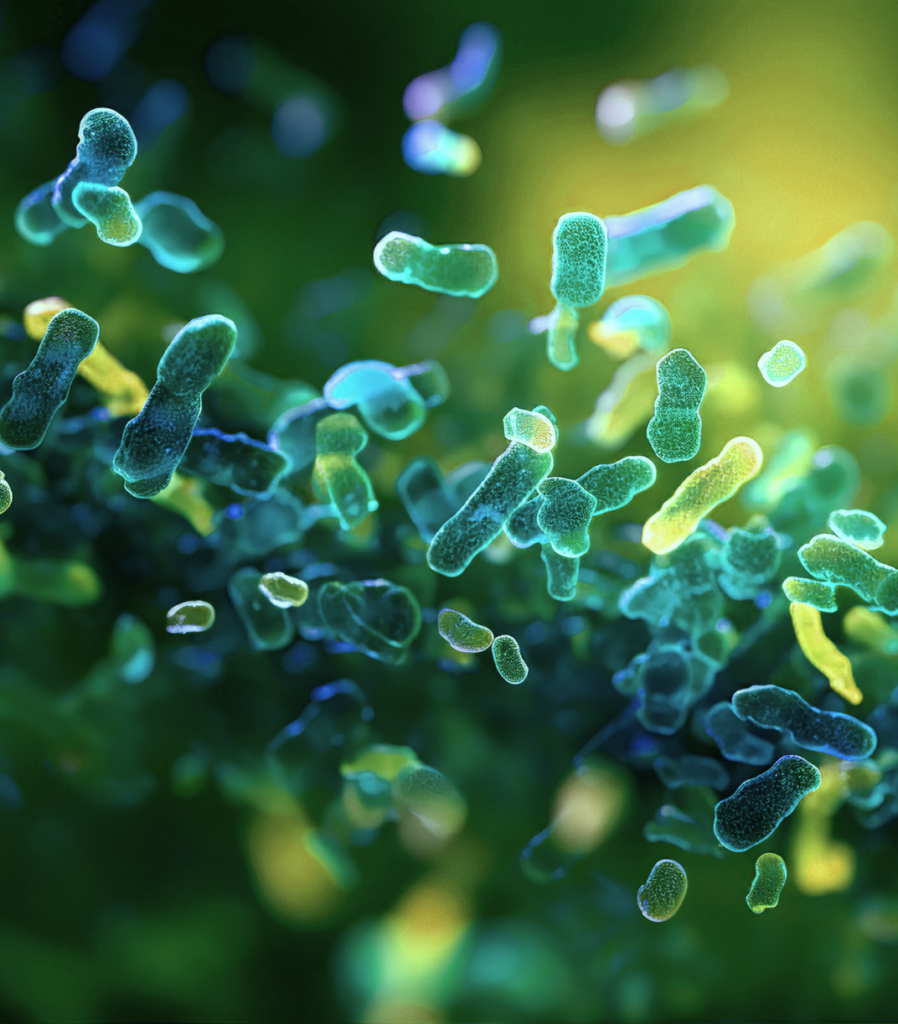Unlocking the power of our planet’s microbes
bitBiome’s one-of-a-kind platform is powering a new era of health for our planet by sequencing, cataloging, and evolving microbial genomes from our vast natural world.
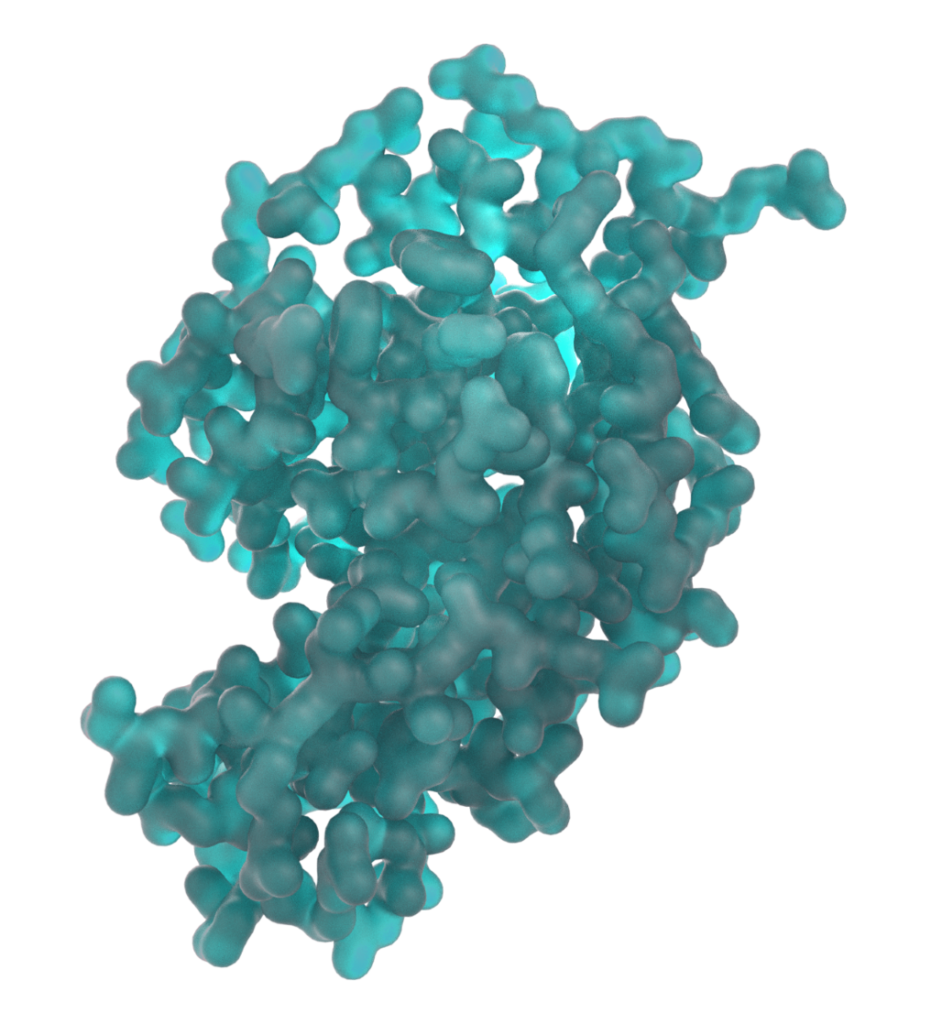


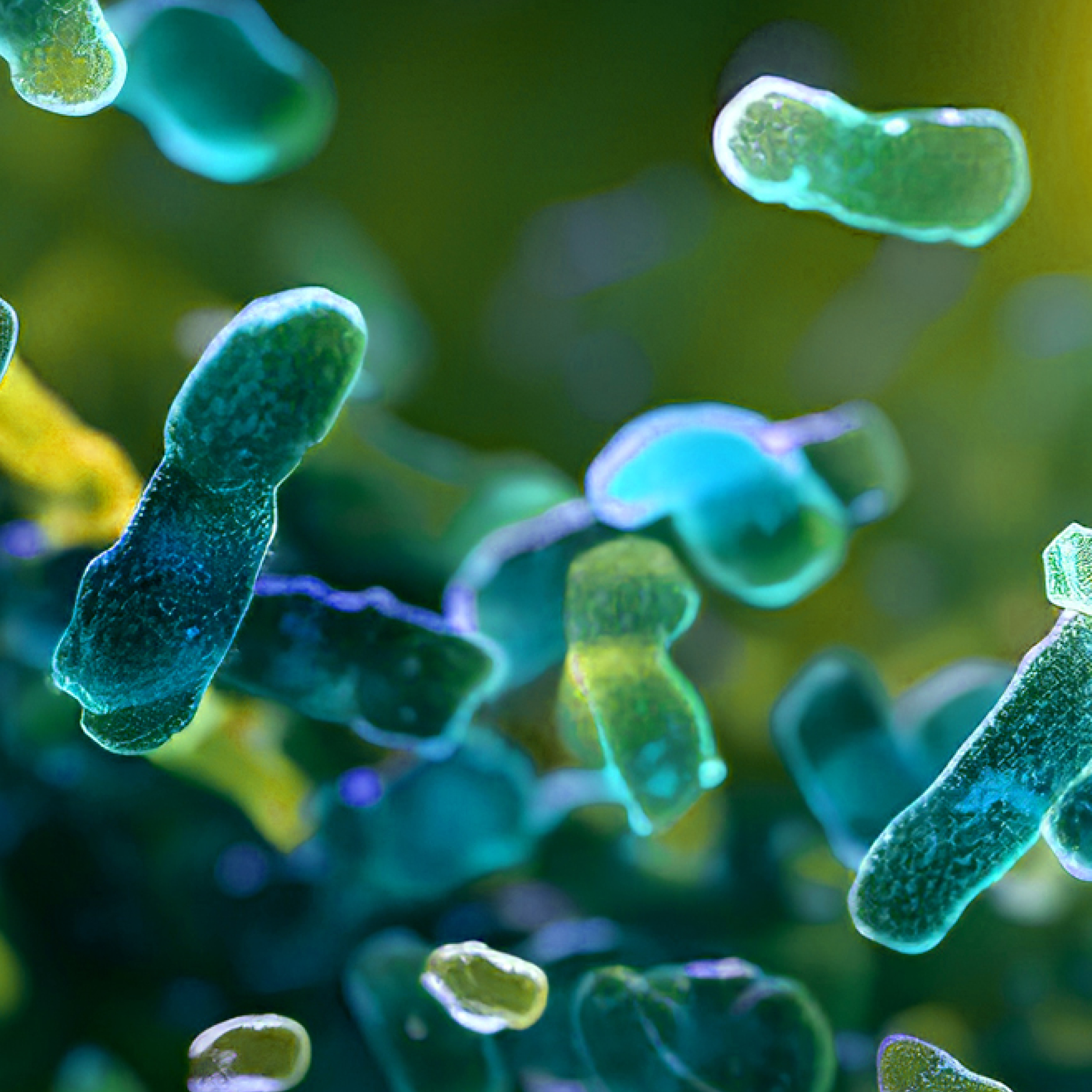
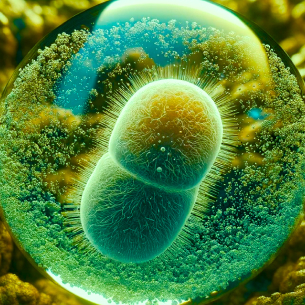
There’s an invisible layer of life.
Our planet is teeming in rich diversity.
But the 10 million species of plants and animals we can see with our eyes are just the tip of the iceberg.
Get closer and you’ll discover a wellspring of invisible lifeforms.

They thrive among damp forest tree roots and in the most desolate corners of the earth’s crust.
Deep in volcanic soil and on the surface of the ocean. Between cracks in our city sidewalks and in the depths of your gut.
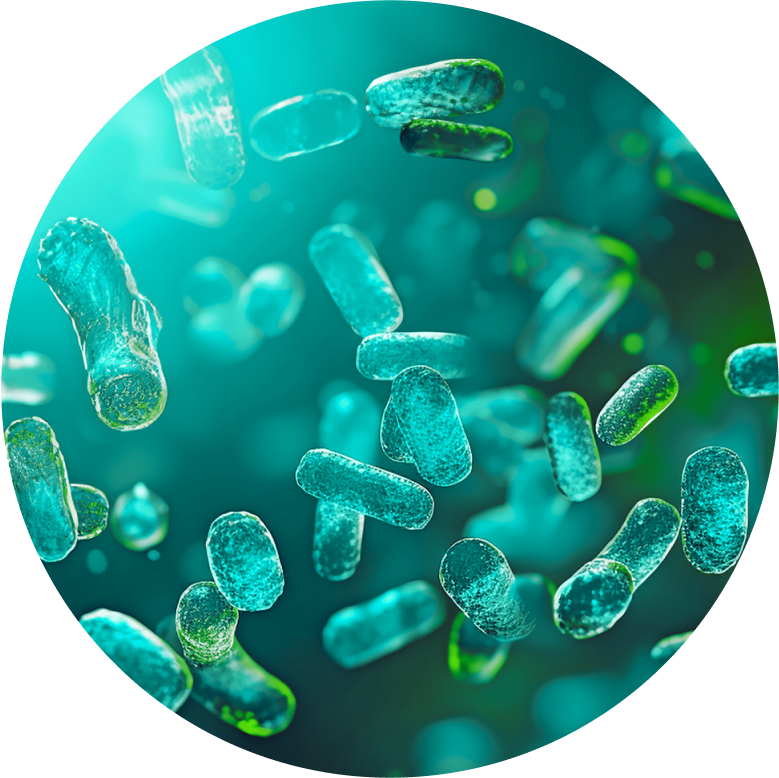
They are the oldest and most abundant form of life on Earth.
And we know less than 1% of them.
These are the planet’s nearly one trillion species of microbes.
Their genomes contain 3.5 billion years of resilience.
Throughout their DNA, we find codes for the proteins and enzymes that have helped them survive since the beginning of life and inhabit some of the harshest environments on the planet.
But our grand adventure to understand all that microbes can do is about so much more than discovery.
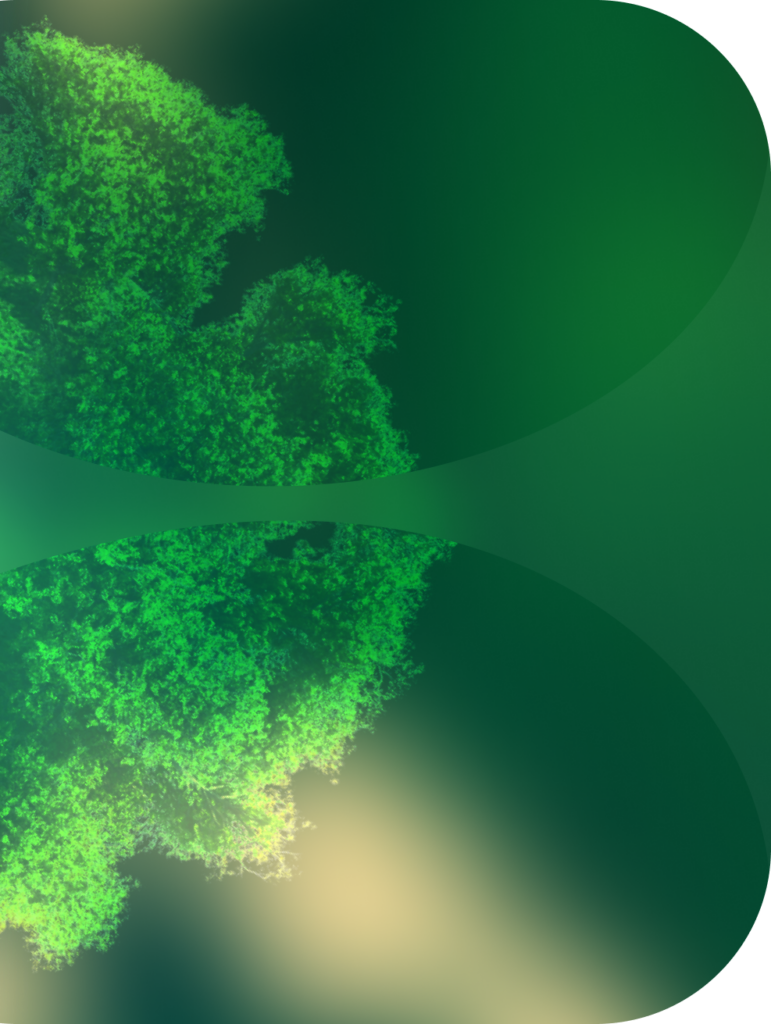
Microbes are the fuel for our growing bioeconomy—transforming existing industries and building new ones.
As we look for new ways to do everything from create textiles to manufacture drugs, to digest plastics and make safer food products, our need for unique sequence and enzyme options is expanding exponentially.
Fortunately, in the race for progress, microbes have a 3.5 billion year head start. And we’ve barely scratched the surface of their potential.
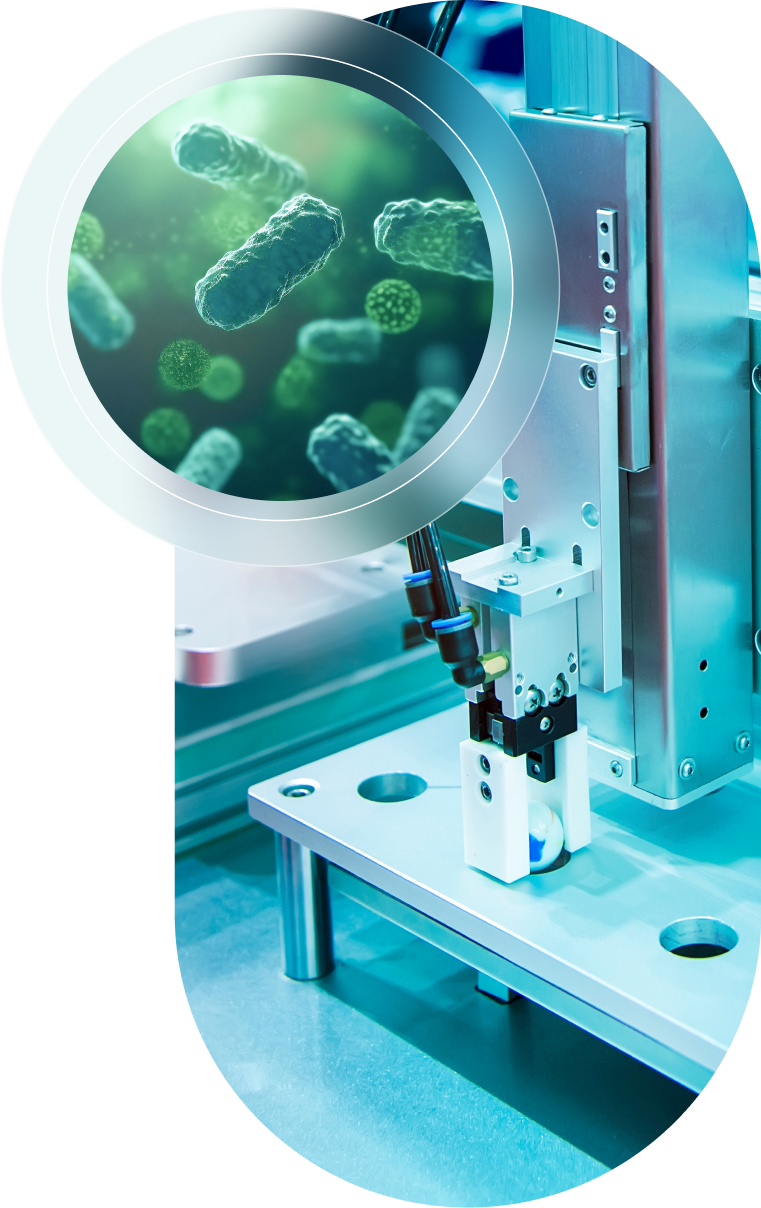
The bitBiome Platform
bitBiome is capturing and sharing all that nature’s microbes have to offer to shape Earth’s bioeconomy and build a more sustainable future for us all.


